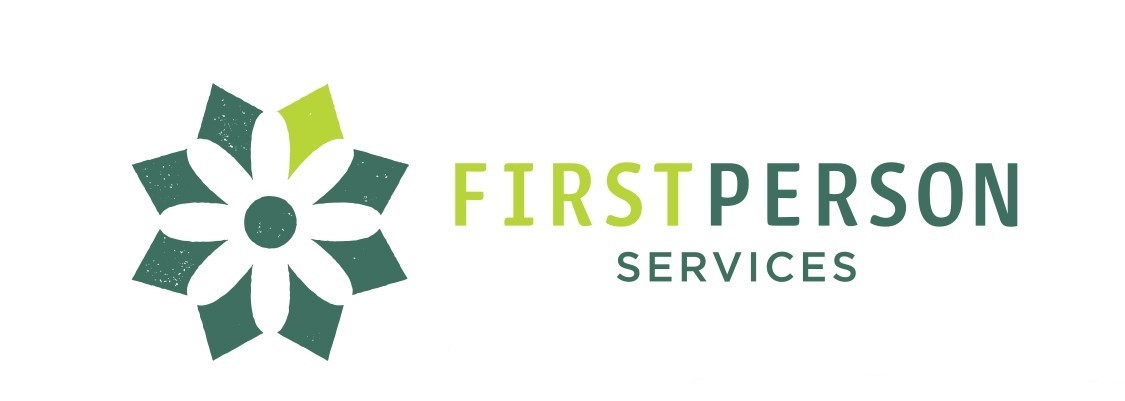Your local public access channel is a hidden gem in your community. Lawrence Seiler joined us recently to talk about the show that he and is wife Arlene produces called Abled And On The Air. We learn about his journey as a journalist, relocating from Brooklyn NY to Montpelier VT and the help that he received along the way from nonprofits and friends. Public Educational and Government Access is a public benefit provided by the federal Communications Act of 1984 that provides for local cable franchising authorities to require cable operators to set-aside one or more of their cable television channels to non-commercial, nonprofit local programming, and also to house, equip and fund these operations
ORCA Media
Episodes of Abled and On Air can be found on the ORCA Media website. The mission of ORCA Media is to promote participation in local government, community and organizations through the use of telecommunications technology. ORCA Media provides free video production, training and distribution services to citizens and organizations in the towns served by ORCA Media and is dedicated to the principles of free speech, content neutrality, localism, civic engagement and tolerance of diverse opinions and perspectives.
The Federal Communications Act
Pursuant to Section 611 of the Communications Act, local franchising authorities may require cable operators to set aside channels for public, educational, or governmental (“PEG”) use.
Public Access Around the Country
There are, in fact, close to 2,000 PEG Access entities around the United States varying in size from tiny to gigantic that operate one, two or all three of these distinctly different P, E or G services. Even though it usually begins at the grassroots level, PEG Access is something that ultimately needs the interest and motivation of its elected officials to make it happen and sustain it with funding from the cable operator. Therefore, PEG Access operations – when allowed by local officials to exist at all – have developed in so many ways as to defy simple classifications. Around the country, the three elements of PEG —public, educational and governmental— can co-exist or live separately in scores of permutations and combinations, depending on their governance, means of support, where they’re housed, what programs they have, the type of people who populate them, and so on.
